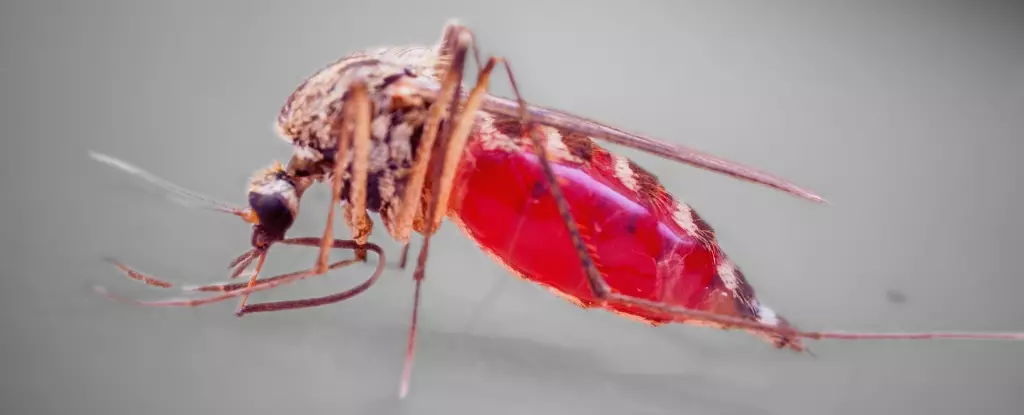In late October, an alarming health crisis began to unravel in the Democratic Republic of Congo (DRC), primarily within the Panzi region, located approximately 700 km southeast of the capital, Kinshasa. This outbreak has so far claimed the lives of dozens, sparking concern not only locally but across the continent, as the African Union’s health watchdog now suspects that the culprit may be malaria. While this diagnosis offers a foundation for understanding the situation, the complexities surrounding the outbreak demand more rigorous scrutiny, particularly concerning the intersecting health variables at play.
Contextual Challenges
The region of Panzi faces multifaceted challenges, significantly hampering efforts to manage the health crisis. Reports indicate a staggering rate of malnutrition, with 61 percent of the population suffering from inadequate nutrition. This high prevalence exacerbates the susceptibility of individuals to various health conditions, particularly malaria, which thrives in environments where food security is low and overall health infrastructure is lacking. Consequently, the DRC’s socioeconomic conditions—one of the poorest nations globally—compound the severity of the outbreak, illustrating the interconnected nature of health and wealth.
Emerging data from the Africa CDC presents a troubling picture: 37 fatalities have occurred within healthcare facilities, with nearly 600 cases observed. An additional 44 suspected deaths at the community level remain under investigation. The symptoms reported—fever, cough, and headaches—align with a respiratory illness, prompting further inquiries into whether a viral hemorrhagic condition could exist alongside malaria. While assessing the disease, health officials must tread carefully to separate fact from speculation, given the potential for overlapping diseases that complicate the clinical landscape.
Particularly alarming is the impact of this outbreak on children, with approximately 40 percent of reported cases affecting individuals under the age of five. This demographic is inherently vulnerable to severe illnesses due to their developing immune systems, highlighting the urgency for health interventions that prioritize pediatric care. As resources dwindle in the region, healthcare workers face daunting challenges, including inconsistent access to clean water and essential medicines—a situation that could lead to cascading effects on community health.
As the DRC grapples with this emerging health crisis, it becomes increasingly crucial to adopt a comprehensive approach that not only addresses the immediate symptoms of the disease but also fortifies the region’s overall health framework. Effective public health strategies must focus on enhancing access to healthcare facilities, ensuring food security, and improving health infrastructure. Collaboration with international health organizations is vital to expand research and surveillance capacities in the region, with an eye toward sustainable solutions that can prevent future outbreaks.
The developing situation in the DRC serves as a stark reminder of the intricate and multifaceted challenges faced in public health. As experts and local authorities work to understand and combat this deadly outbreak, it underscores the crucial need for proactive health measures and robust support systems to tackle persistent health inequalities and safeguard the lives of the most vulnerable populations.


Leave a Reply